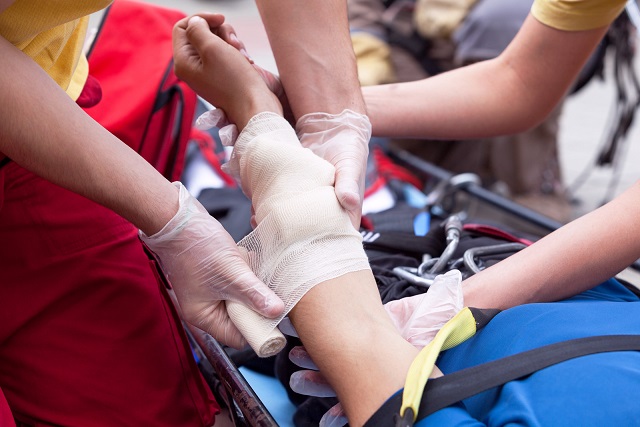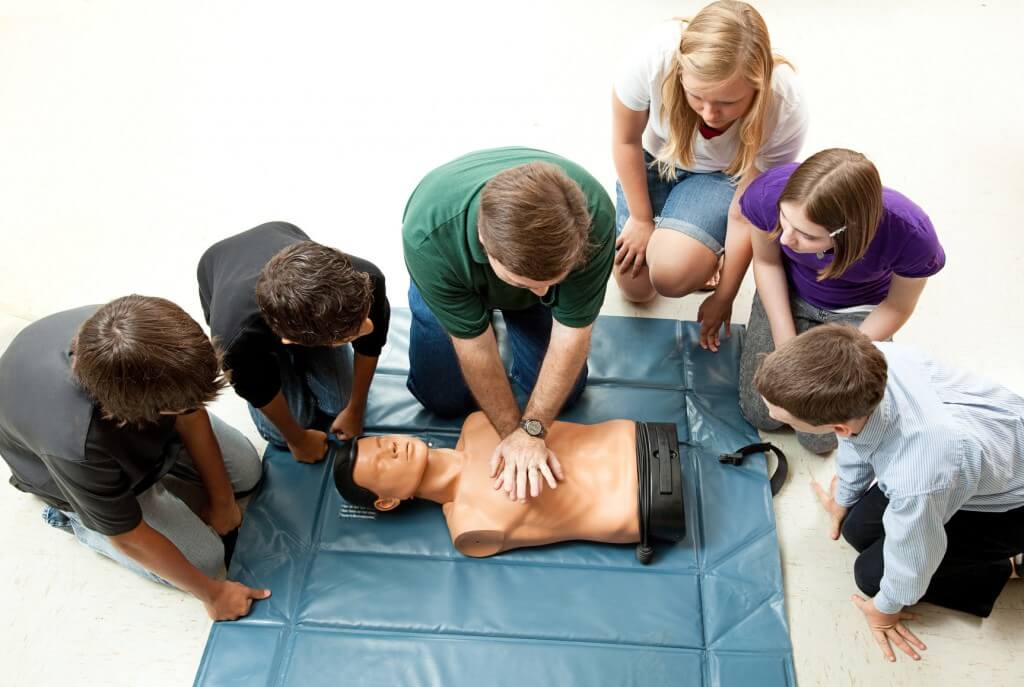Introduction
In today's world, emergency situations can strike anytime, and being prepared is crucial. Among the key skills that can conserve lives is cardiopulmonary resuscitation (MOUTH-TO-MOUTH RESUSCITATION). Young adults represent an essential populace that can be trained to respond properly in emergencies. By furnishing them with mouth-to-mouth resuscitation training, we not only equip them with life-saving skills however likewise cultivate a culture of readiness and responsibility. This article discovers the value of CPR training for teens, what to anticipate in emergency treatment programs, and exactly how these abilities add to their individual advancement and neighborhood safety.
Understanding mouth-to-mouth resuscitation Training for Teens: Preparing the Next Generation for Emergencies
What is CPR?
Cardiopulmonary resuscitation (MOUTH-TO-MOUTH RESUSCITATION) is a lifesaving method made use of during emergency situations when a person's heartbeat or breathing has actually stopped. It consists of upper body compressions and rescue breaths that aid keep blood circulation to essential organs up until specialist medical help gets here. Recognizing the fundamentals of CPR is vital for teens who may find themselves in emergency situations.
Why Do Teenagers Need Mouth-to-mouth Resuscitation Training?
Teens are typically at social gatherings, sporting activities occasions, or perhaps home events where emergencies could happen. By finding out mouth-to-mouth resuscitation, they come to be proactive participants of their neighborhood who can act decisively throughout crises. The capacity to do mouth-to-mouth resuscitation confidently can transform a potentially tragic situation right into one where lives are saved.

Benefits of First Aid Courses for Teens
First aid programs do more than just show individuals just how to give prompt care; they impart confidence and enhance analytic skills. For teenagers, this experience can build Caboolture CPR workshop character and encourage leadership top qualities.
- Empowerment: Understanding of emergency treatment and CPR encourages young people. Confidence Structure: Effectively finishing a program gives teenagers with a sense of achievement. Community Solution: Trained teenagers can volunteer in various setups such as colleges or sporting activities teams.
The Structure of mouth-to-mouth resuscitation Courses for Teens
Course Duration and Format
Most first aid courses are designed to fit within a couple of hours to a number of days, relying on the depth of training supplied. Usually, a basic emergency treatment course will certainly cover:
- Theory: The principles behind emergency treatment techniques. Practical Skills: Hands-on practice with mannequins or with simulations.
Key Elements Covered in Emergency Treatment Courses
Understanding Emergency Situations- Recognizing when to call for help Assessing the scene for safety
- Performing top notch upper body compressions Providing rescue breaths correctly
- Learning just how to operate an AED Importance of very early defibrillation
- Techniques for adults, children, and infants Recognizing signs of respiratory tract obstruction
- Cuts and scrapes Sprains and fractures
The Significance of Qualification in Emergency Treatment Training
Obtaining Your Emergency treatment Certificate
Completing a first aid course usually culminates in getting an accreditation that verifies your skills. This certificate CPR Course Mackay offers multiple purposes:
- It shows capability in emergency situation response. Many organizations call for qualification for engagement in certain events.
Keeping Certifications Current
Just like any type of life ability, it is very important to maintain your expertise up-to-date. A lot of companies advise restoring accreditations every 2 years.
How Young adults Can Get Involved with Emergency Treatment Training
Finding Neighborhood Emergency treatment Courses
Teenagers interested in getting their first aid certificate must look into local community centers, colleges, or health organizations that offer certified courses.
Helpful Resources:
- American Red Cross St John Ambulance Local hospitals or health departments
Online vs In-Person Training Options
With innovations in technology, on-line modules have come to be preferred yet might do not have hands-on method essential for truly understanding techniques. A blended approach-- incorporating on the internet concept with practical sessions-- could be most beneficial.
Creating Awareness Amongst Peers concerning Mouth-to-mouth Resuscitation Educating for Teens: Preparing the Next Generation for Emergencies
Peer Education Initiatives
Encouraging teenagers to share what they have actually found out with their close friends can magnify the effect of training programs:
- Forming study groups focused on emergency situation preparedness. Hosting workshops at colleges or area centers.
Using Social media site as a Platform
Teens today are greatly engaged on social media sites systems; making use of these networks can help spread out recognition regarding the relevance of first aid training among peers.
Real-Life Stories That Highlight the Relevance of CPR Training for Teens
Case Study 1: Saving a Life at Institution Sports Event
A young adult trained in CPR had the ability to save their close friend's life throughout a football suit when he fell down on the field as a result of cardiac arrest. Their quick reasoning enabled them to carry out proper upper body compressions until emergency services arrived.
Case Research study 2: Household Emergency at Home
Another example included brother or sisters who had taken an emergency treatment course with each other. When their younger bro mistakenly choked on food during dinner, they right away understood what steps to take because they remembered their training-- leading them successfully through the emergency.
Frequently Asked Concerns (FAQs) About Teen CPR Training
1. What age should teens start taking CPR courses?
Most companies advise starting as early as 12 years of ages; nevertheless, younger children can likewise learn standard principles with ideal programs tailored to their age group.
2. How long does it take to complete an emergency treatment course?
Programs normally range from 4 hours as much as 16 hours depending on content deepness-- the average being around 8 hours.
3. Are there any requirements prior to enrolling?

4. Will I receive qualification after finishing my course?
Yes! Upon effective completion and passing any needed assessments you'll get a main first aid certification valid for 2 years.
5. Can I take these programs online?
Numerous organizations supply hybrid styles integrating on-line theory with required sensible sessions held in person-- this is suggested by market standards.
6. Is it necessary to renew my qualification periodically?
Yes! Normal recertification ensures your abilities remain proficient and current according to present guidelines.
Conclusion
In conclusion, furnishing teenagers with understanding about cardiopulmonary resuscitation (MOUTH-TO-MOUTH RESUSCITATION) through specialized training programs is very useful not just for their growth however also improves area safety and security on the whole. With reliable training resources offered-- from regional courses supplying comprehensive direction on both fundamental first aid techniques as well as innovative life support methods-- it's less complicated than ever before for young individuals eager about making an impactful distinction throughout emergencies!
As we move on right into an uncertain globe full of obstacles requiring speedy activity-- let us invest our initiatives towards educating this future generation so they're prepared not simply academically but also almost equipped when encountered against real-life situations requiring immediate reactions like those calling for prompt treatments such as doing effective cardiopulmonary resuscitation (CPR).
